Financing ‘Two Heavy, Two New’: China’s Subtle Rewiring of Growth and Capital Allocation
In China's latest monetary playbook, the emphasis is no longer on volume—but on precision. At its second-quarter meeting, the People's Bank of China's Monetary Policy Committee outlined a sharpened focus: enhancing financing for strategic priorities under the policy umbrellas known as the “Two Heavy” and “Two New.”
It's a move that signals Beijing's intent to weave its financial machinery more tightly into the fabric of long-term development—and to do so with discipline.
While the slogans may be domestic in origin, their implications ripple far beyond China's borders. For global institutions watching capital trends, project pipelines, or consumer behavior in the world's second-largest economy, this recalibration offers a new lens.

Investment with Intent: The “Two Heavy” Pillar
The so-called “Two Heavy” initiatives refer to:
Major infrastructure undertakings
Key industrial chain projects deemed critical for long-term resilience
This isn't infrastructure for infrastructure's sake. The narrative has shifted from sheer scale to economic scaffolding—using capital formation to strengthen productivity, supply chain depth, and regional cohesion.
And the pace is picking up. Between January and May 2025, infrastructure investment in China expanded by 5.6% year-on-year, according to the National Bureau of Statistics. That's 1.9 percentage points faster than overall investment, contributing over a third of total growth during the period.
Behind those figures lies a notable trend: not just more projects, but faster execution and deeper coordination. Fueled by a new wave of special-purpose bonds and ultra-long-term treasury issuances, local governments are accelerating project starts with unusually tight alignment between fiscal, regulatory, and financial stakeholders.
For foreign investors and multinationals involved in engineering, project finance, or supply chain services, this renewed push for “hard” infrastructure—executed with greater financial finesse—reopens opportunities that had become less certain during previous cycles of deleveraging.
Upgrading Demand: The “Two New” Directive
Complementing the supply-side investment push is a new wave of demand-side engineering. The “Two New” priorities point to:
The expansion of upgraded, green, and digital consumer demand
The renewal of productive capacity through modernized equipment and technologies
The goals here are cultural as much as economic: to anchor domestic consumption in quality rather than quantity, and to push legacy industries toward smarter, cleaner growth.
Since early 2025, policies encouraging “trade-in” consumption—replacing old appliances, cars, and other durable goods—have driven stronger sales of green and intelligent products. At the same time, investment in equipment upgrades is gaining traction, as firms across manufacturing and services modernize their production assets.
China's next step? Subsidized loans for industrial equipment replacement, paired with preferential interest rates. These tools are intended to lower financing costs for traditional enterprises seeking a technological leap forward, while simultaneously giving strategic sectors—like automation, clean energy, and advanced manufacturing—a more fertile ground to grow.
This policy orientation echoes global trends. As many developed economies weigh green reindustrialization and AI-enabled productivity gains, China is aligning its financial channels accordingly—and doing so with scale and speed.
Finance as Infrastructure: Policy Meets Precision
What binds these ambitions together is a clear message: finance must serve the real economy more precisely.
Gone are the days of blanket stimulus. Today's approach is more akin to targeted irrigation—delivering liquidity to where it's most productive, and ensuring that funds flow in sync with the lifecycle of each project or policy objective.
This has translated into:
New re-lending programs for elderly care, innovation, and SME support
The refinement of capital market-supportive tools
A pilot program in Shanghai to explore next-generation structural instruments
According to analysts, the central bank is also considering next-gen policy-based financial tools. These could involve state-owned policy banks issuing bonds to fund equity-style investments in areas like advanced manufacturing and external trade—potentially mobilizing RMB 500–1,000 billion in new capital.
Such instruments blur the traditional lines between fiscal stimulus and monetary steering, reflecting a model where credit becomes an extension of industrial strategy rather than a response to macro fluctuations.
What This Signals to Global Financial Stakeholders
For foreign capital markets professionals, institutional investors, and international corporates with China exposure, the emerging monetary-financial architecture suggests several things:
Capital is being curated, not just injected. This makes policy interpretation more important than liquidity tracking.
Thematic alignment matters. Access to credit, favorable regulations, and even government partnerships are increasingly channeled through sector-specific lenses.
Consumption is policy-guided. Unlike previous cycles driven by exports or infrastructure alone, today's growth model leans into domestic upgrading—from green homes to smart mobility.
The RMB, meanwhile, continues to show resilience. After appreciating in recent months—thanks to a declining dollar and signs of domestic stabilization—the central bank shifted its tone. Gone are the more aggressive “three resolutes” on currency defense; instead, the emphasis is on market resilience, expectation management, and avoiding volatility overshooting.
For global investors, this suggests a currency management framework that is more flexible, more data-driven, and less interventionist—at least for now.
From Blueprint to Bedrock
With the central bank now calling for “solid financial support” to carry the weight of China's long-term development vision, financing itself is becoming a form of infrastructure.
This is not merely a return to stimulus—it is a recalibrated strategy that intertwines credit, consumption, and competitiveness.
For foreign stakeholders—whether portfolio managers adjusting sector weights, trade financiers structuring deals, or multinationals navigating regulatory waters—the shape of Chinese growth is becoming clearer. And it is being etched in the contours of liquidity, lending, and long-term leverage.








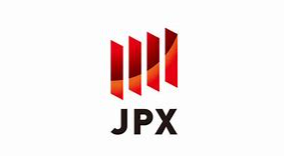
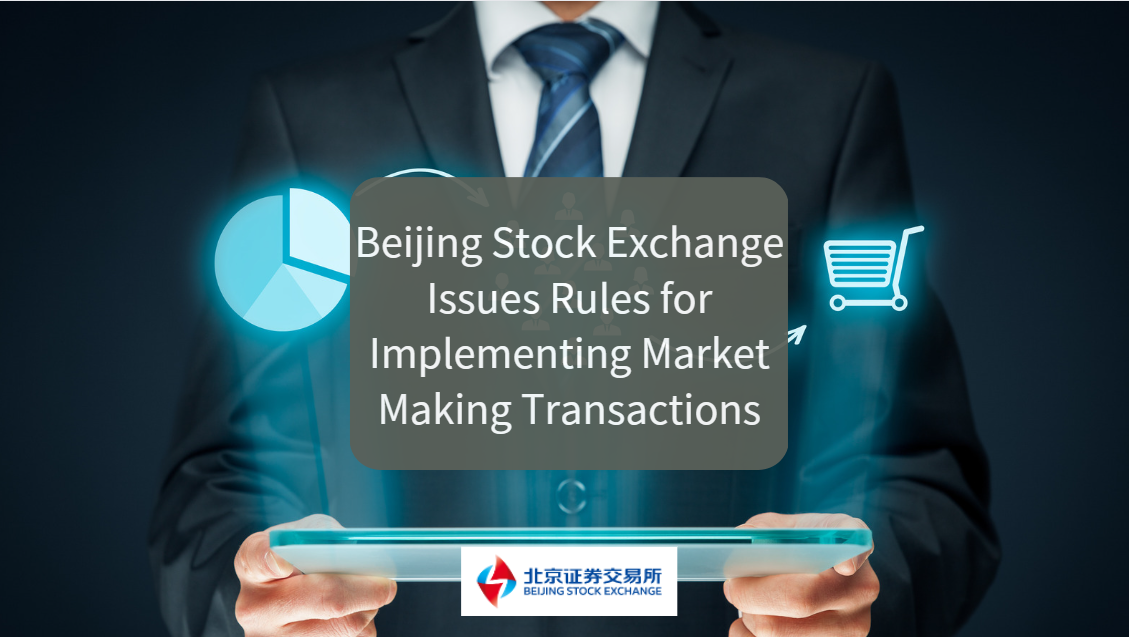
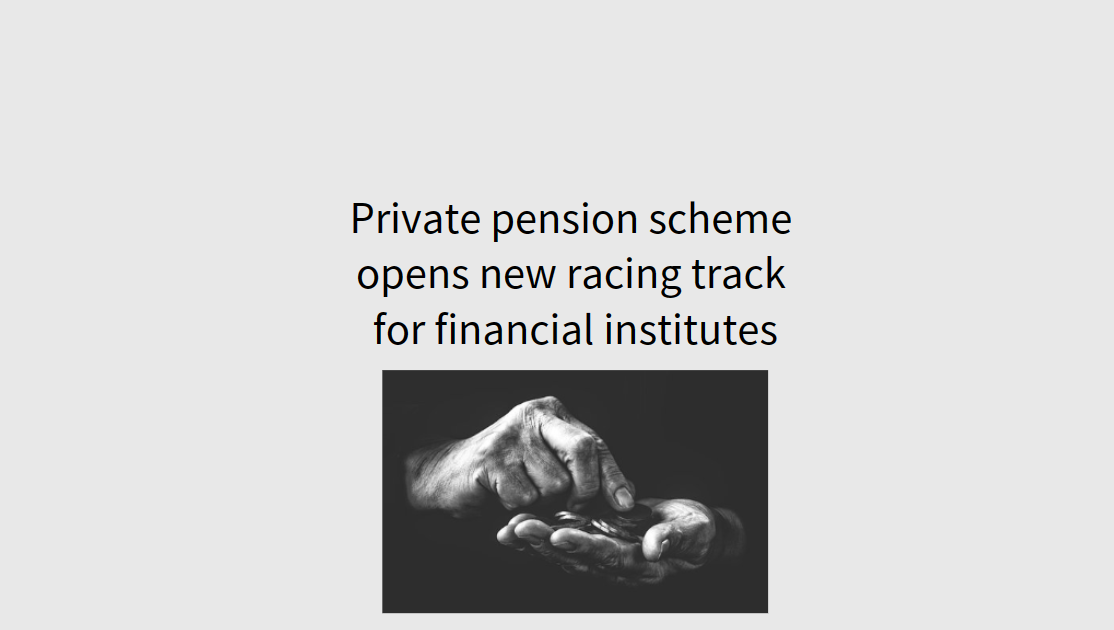

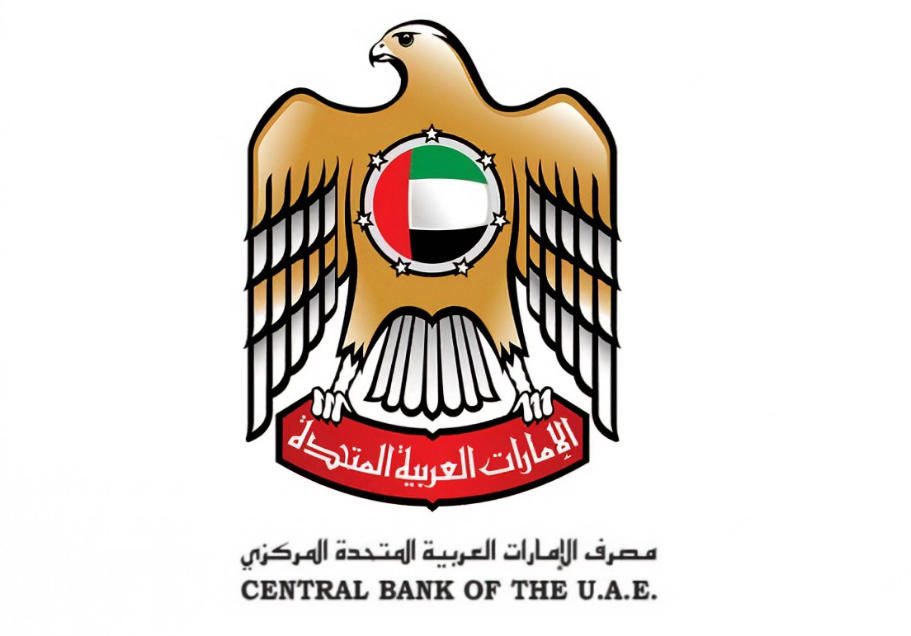
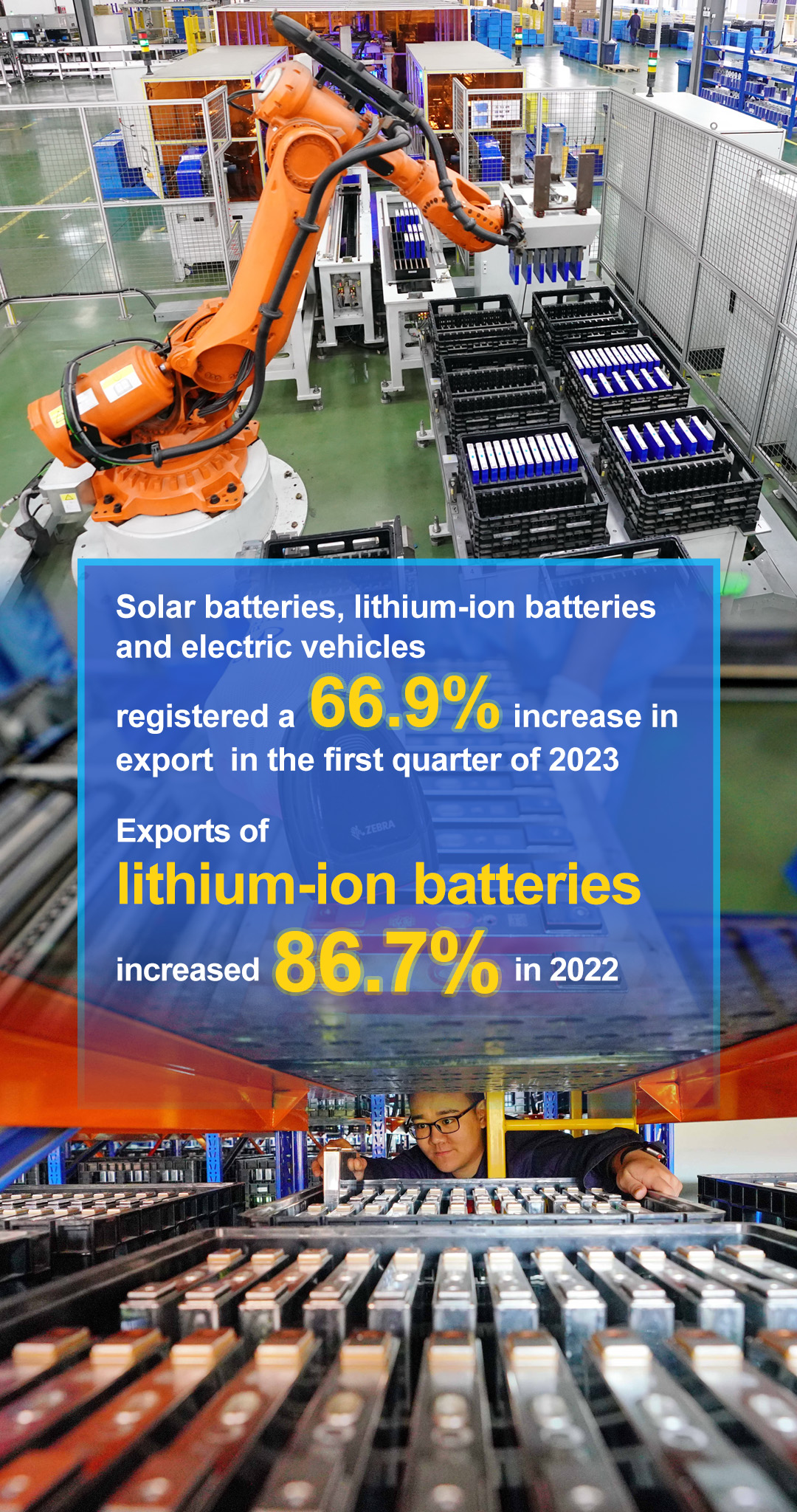

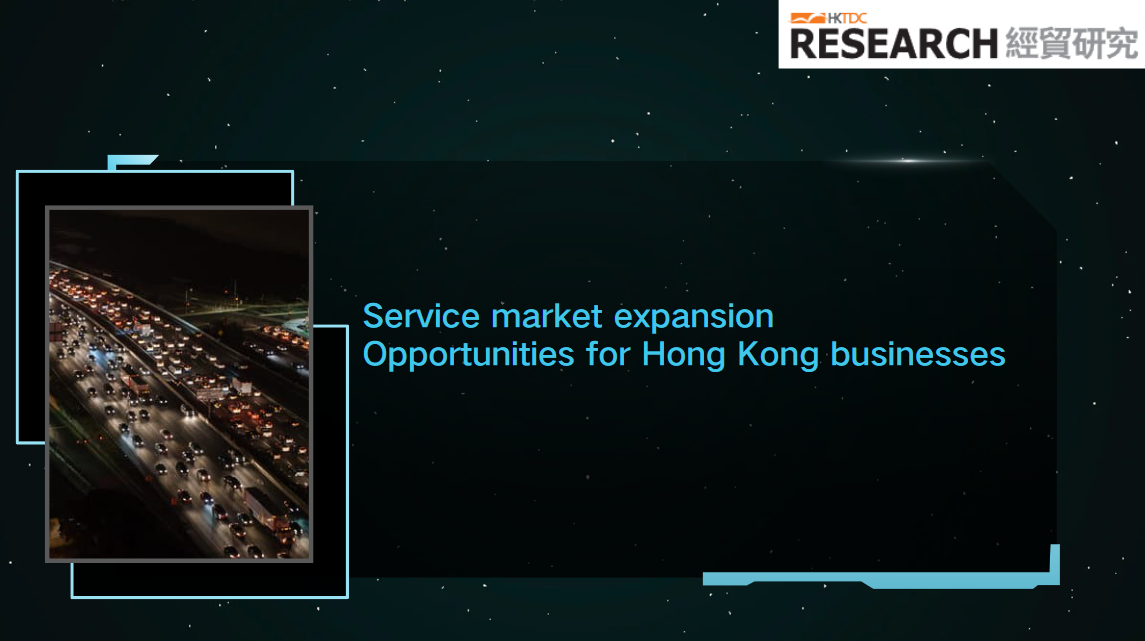

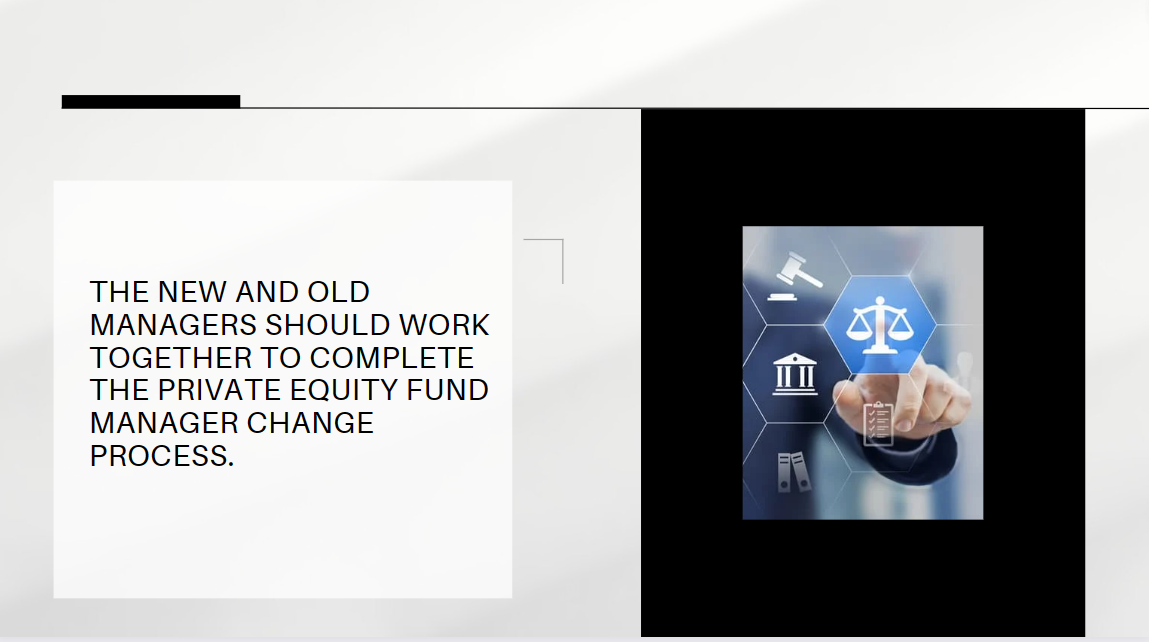

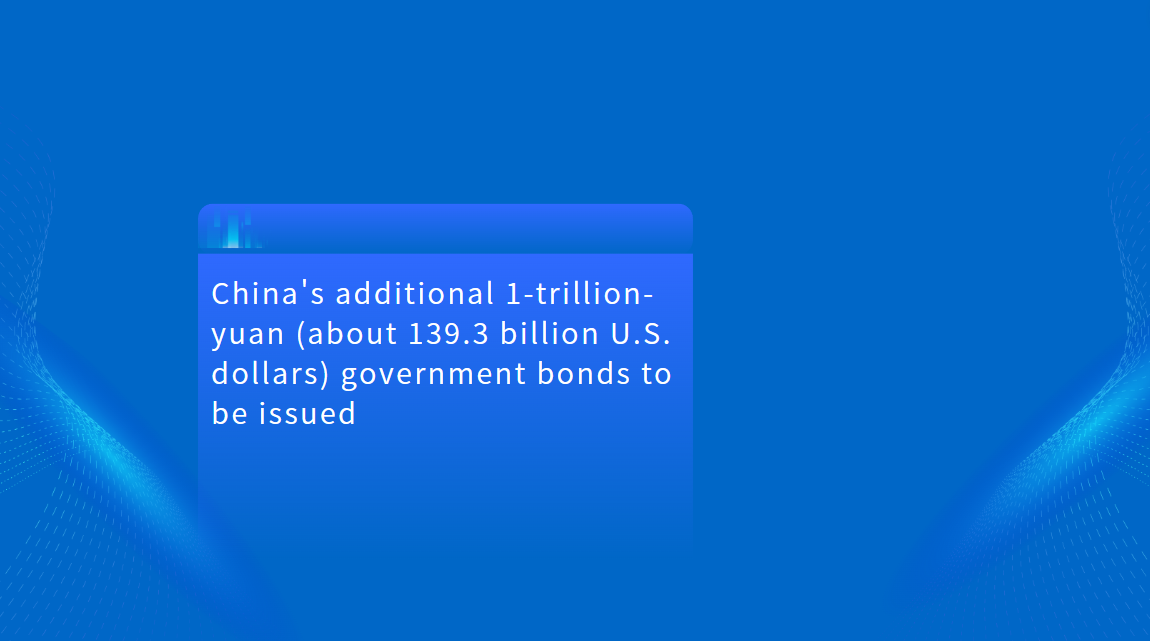

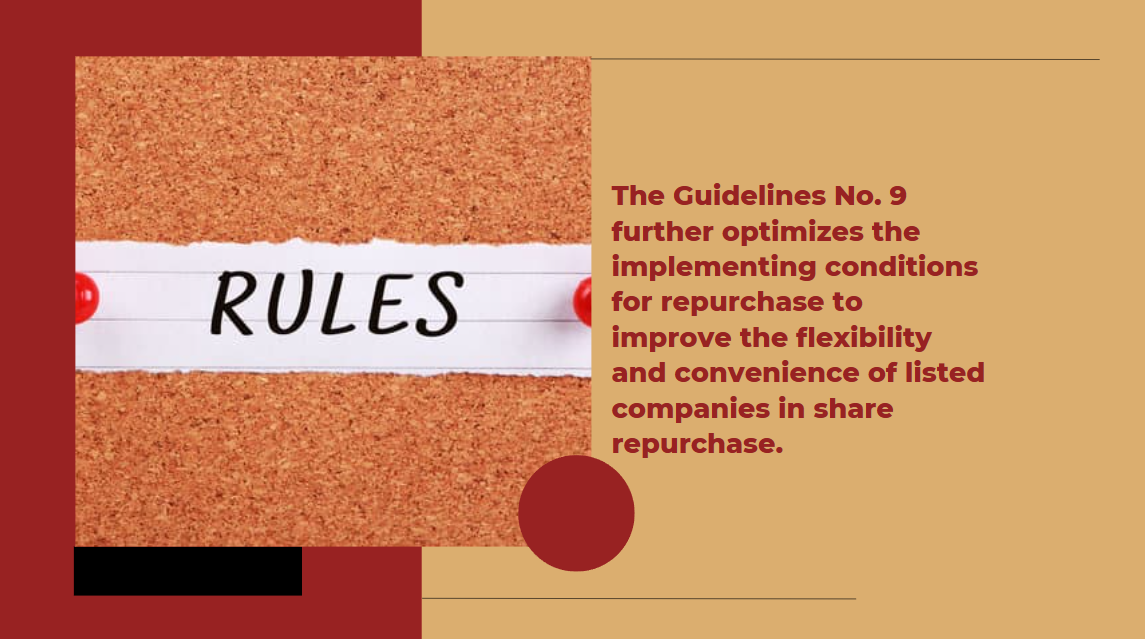
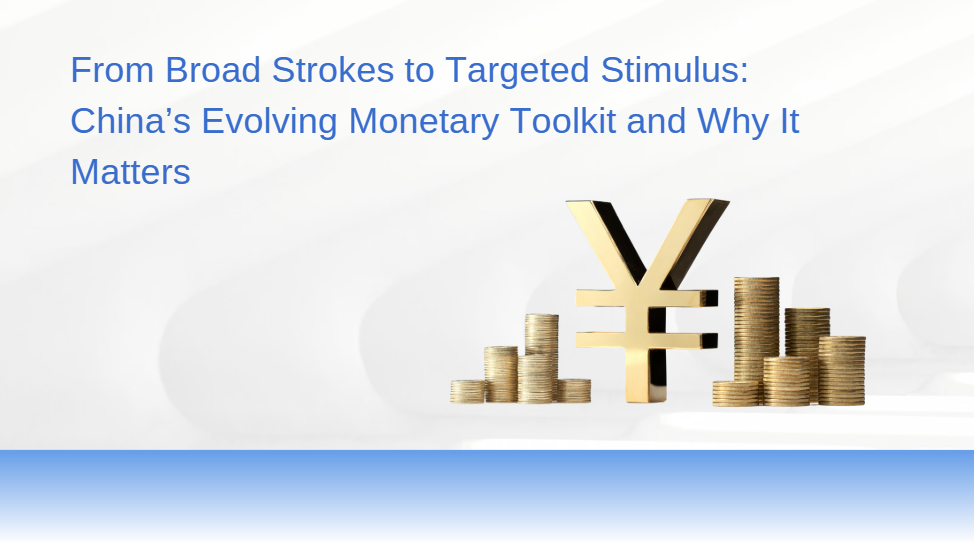





























First, please LoginComment After ~